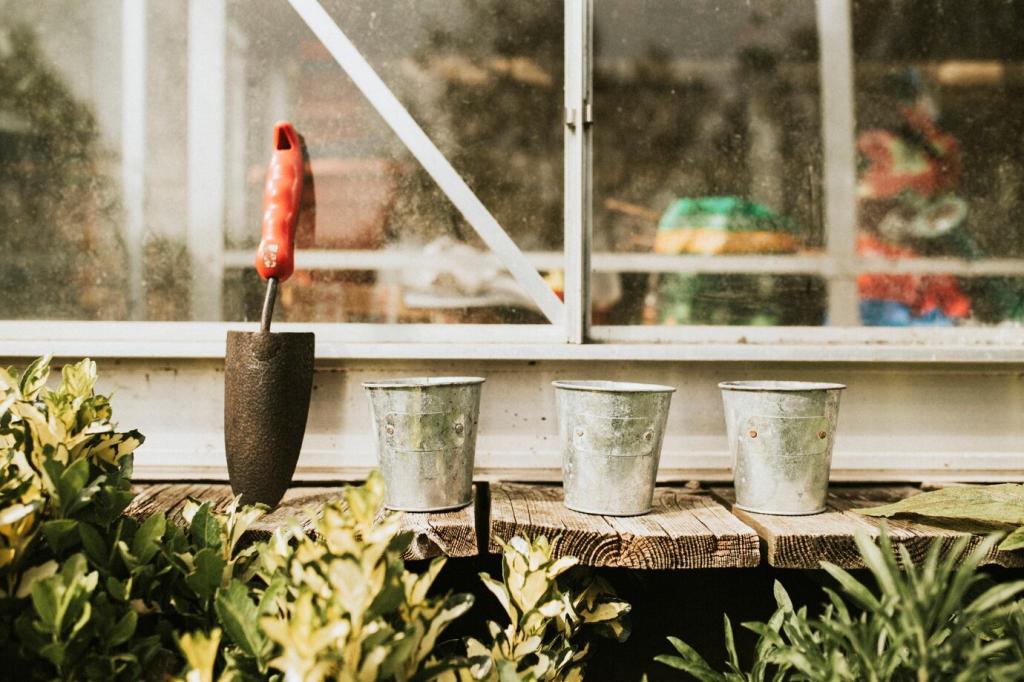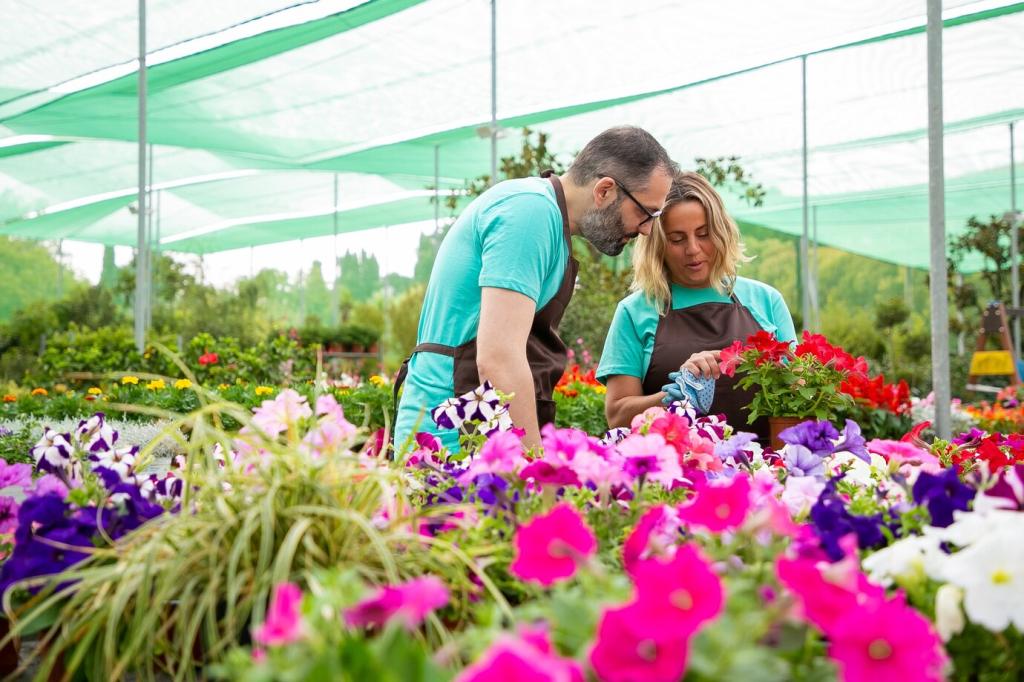
Environmental Impact of Rooftop Gardens: Sustainability in Urban Areas
As urban populations grow and cities become more densely built, the need for sustainable solutions to environmental challenges intensifies. Rooftop gardens have emerged as a key strategy for enhancing urban sustainability by transforming unused or underutilized building spaces into green, living landscapes. These elevated gardens offer a range of ecological, social, and economic benefits, addressing some of the most pressing issues faced by city dwellers today. From improving air quality to creating habitats for biodiversity, rooftop gardens play a vital role in reshaping the modern urban environment. This page explores the environmental impacts of rooftop gardens, with a focus on their contributions to sustainability in urban areas.
Urban Heat Island Mitigation
The installation of rooftop gardens has a direct impact on the thermal performance of buildings and their immediate environments. Layers of vegetation and substrate serve as thermal insulation, reducing the amount of solar radiation that buildings absorb during the day and retaining warmth at night. This insulating property mitigates temperature fluctuations within the building, translating to lower heating and cooling costs. Furthermore, the evaporation of water from plant surfaces, known as evapotranspiration, cools the surrounding air and lessens the cumulative heat retained in densely built areas. Over time, widespread adoption of rooftop gardens can help lower daytime peak temperatures across entire neighborhoods.

Improvement of Urban Air Quality
Filtration of Air Pollutants
Vegetation in rooftop gardens plays a critical role in trapping and breaking down atmospheric pollutants. Leaves, stems, and soil microorganisms all participate in capturing airborne particulates and absorbing gaseous contaminants. Some plants even have the capacity to metabolize toxic compounds, rendering them harmless. As a result, the air that circulates around and enters buildings with green roofs tends to contain fewer pollutants. This natural filtration process is particularly important in cities with high levels of industrial activity or vehicular emissions, helping to mitigate respiratory health issues and elevate urban air quality standards.
Increase in Oxygen Production
In addition to filtering air, rooftop gardens bolster oxygen levels through the process of photosynthesis. As plants absorb carbon dioxide and sunlight, they release oxygen as a by-product, contributing to fresher, more oxygen-rich air in dense city environments. This effect is especially valuable in metropolitan areas where concrete structures and limited open spaces restrict the proliferation of greenery. By increasing the volume of vegetation atop buildings, cities can offset some of the negative air quality impacts from human activity, and support a healthier urban population.
Reduction of Greenhouse Gases
Rooftop gardens contribute to the reduction of greenhouse gas emissions both directly and indirectly. The plants themselves sequester carbon dioxide from the atmosphere, storing it in their biomass and underlying soil. Moreover, the energy-saving properties of green roofs reduce the need for fossil fuel-based power, further decreasing carbon emissions linked to heating and cooling. Over time, as more city buildings integrate rooftop gardens, this cumulative impact plays a meaningful role in the broader municipal strategies for combating climate change and adhering to global sustainability goals.
Enhancement of Urban Biodiversity
01
The introduction of rooftop gardens transforms sterile concrete surfaces into vibrant habitats. Rain gardens, wildflower patches, and even small trees can attract a remarkable range of pollinators such as bees, butterflies, and birds. These green spaces often become important waystations for migratory species or urban species seeking refuge from built environments. Over the long term, the accumulation of multiple rooftop gardens across a city creates ecological corridors and stepping stones, allowing wildlife to move safely between fragmented habitats. In this way, green roofs serve both as sanctuaries and connectors, reinvigorating urban wildlife populations.
02
City landscapes typically offer sparse resources for essential pollinator species. Rooftop gardens, especially those planted with diverse flowering plants, become critical feeding and breeding grounds for bees, butterflies, and other pollinators. The enhanced availability of nectar and pollen on green roofs strengthens pollinator health and reproduction, which in turn supports food production in community gardens and surrounding agricultural areas. The revival and maintenance of pollinator populations through rooftop gardening is a crucial component of urban sustainability, ensuring the resilience of both natural and human-made ecosystems.
03
Incorporating native and regionally-adapted plants into rooftop gardens amplifies their ecological benefits. Native species are well-suited to local weather patterns and require fewer artificial inputs such as water or fertilizers, making maintenance more sustainable. They also provide specialized resources for indigenous fauna, supporting complex food webs unique to each city’s ecosystem. The cultivation of native plant varieties atop urban buildings reintroduces lost flora, contributes to genetic diversity, and prepares local ecosystems for future environmental changes. Rooftop gardens thus become living collections that preserve and propagate city-specific biological heritage.
